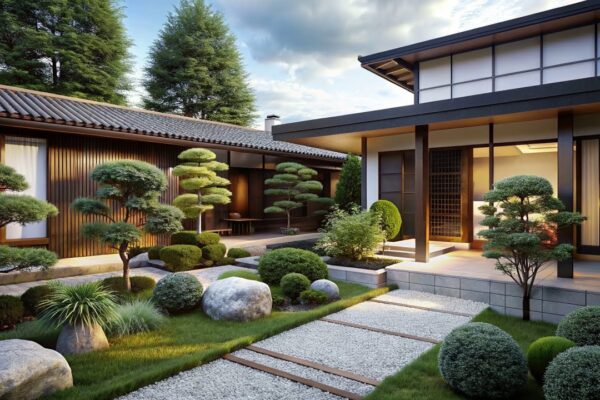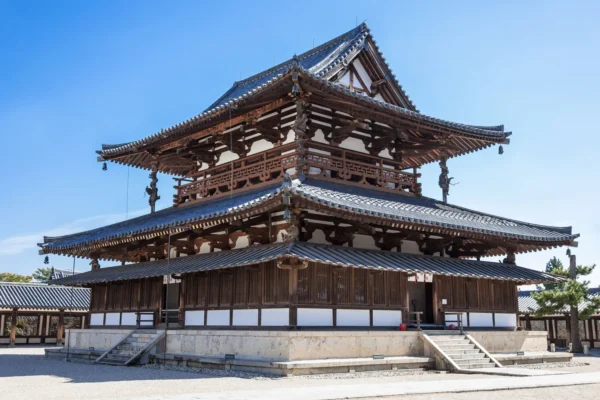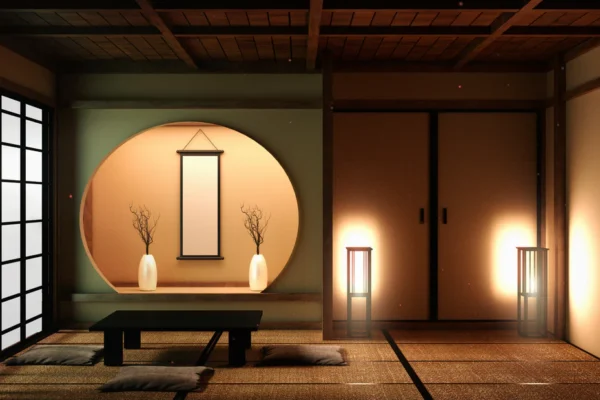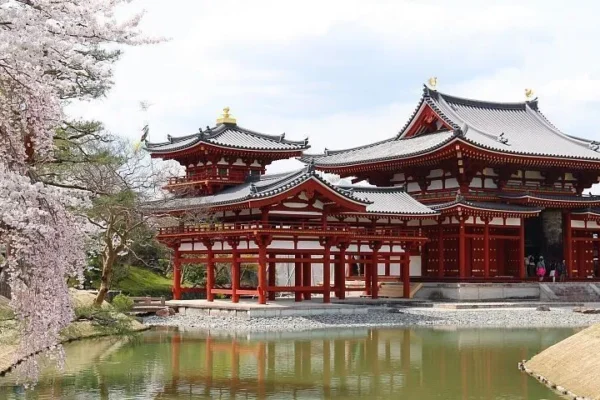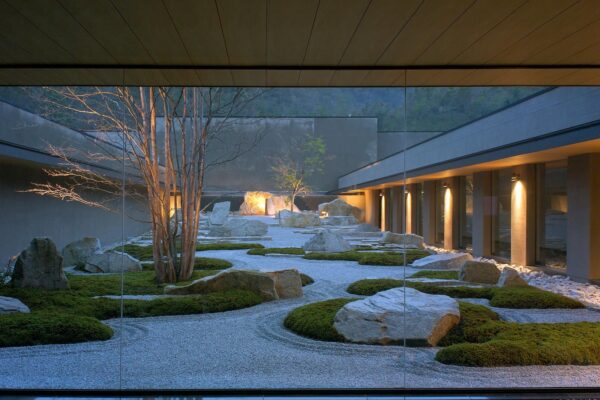
The Modern Master of Japanese Architecture
Kengo Kuma is one of the most influential figures in contemporary architecture, known for his unique ability to blend traditional Japanese aesthetics with modern design principles. His work challenges conventional norms and embraces sustainability, natural materials, and the relationship between architecture and its environment. Kuma’s approach goes beyond just creating functional spaces; it’s about creating…







